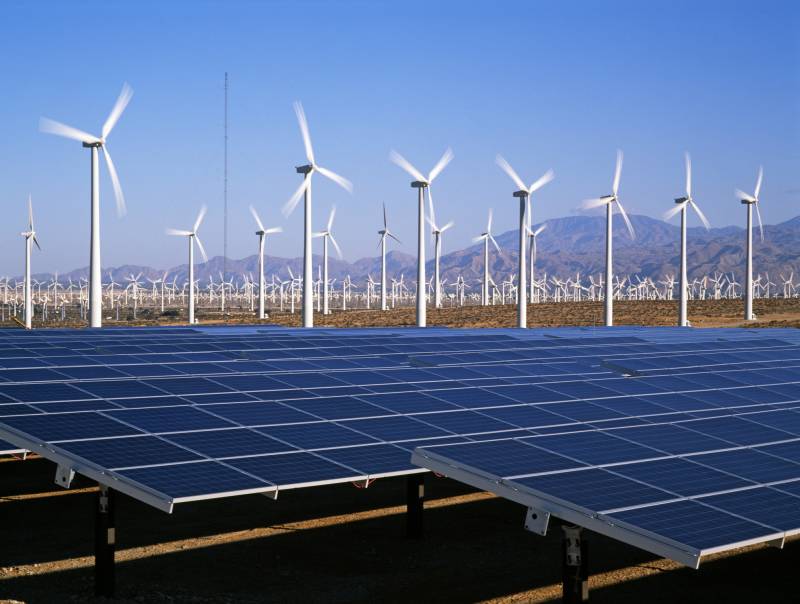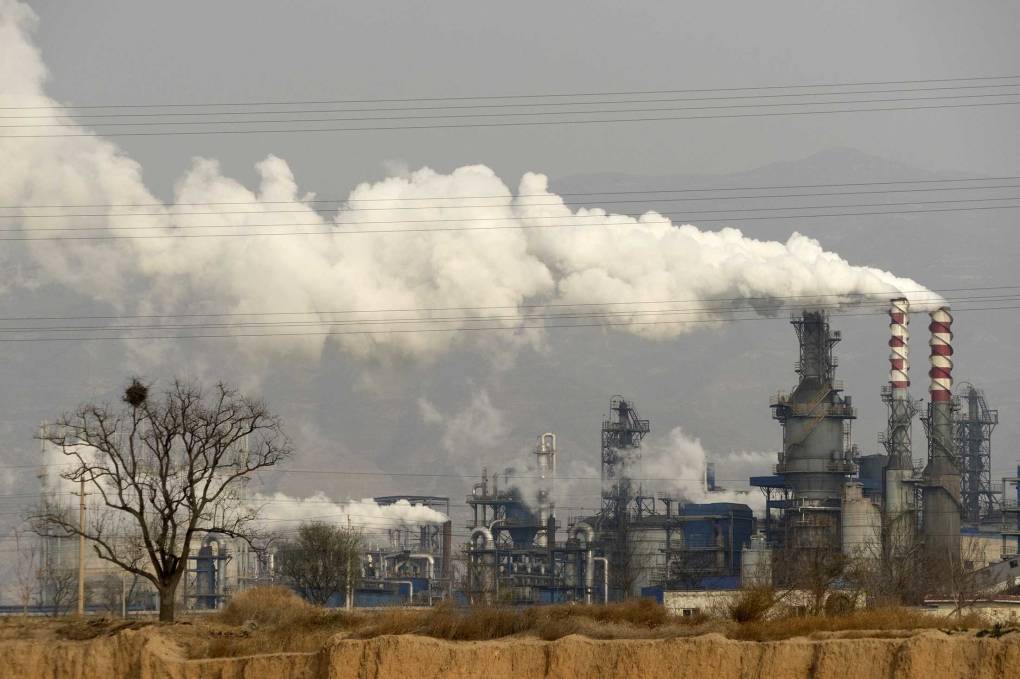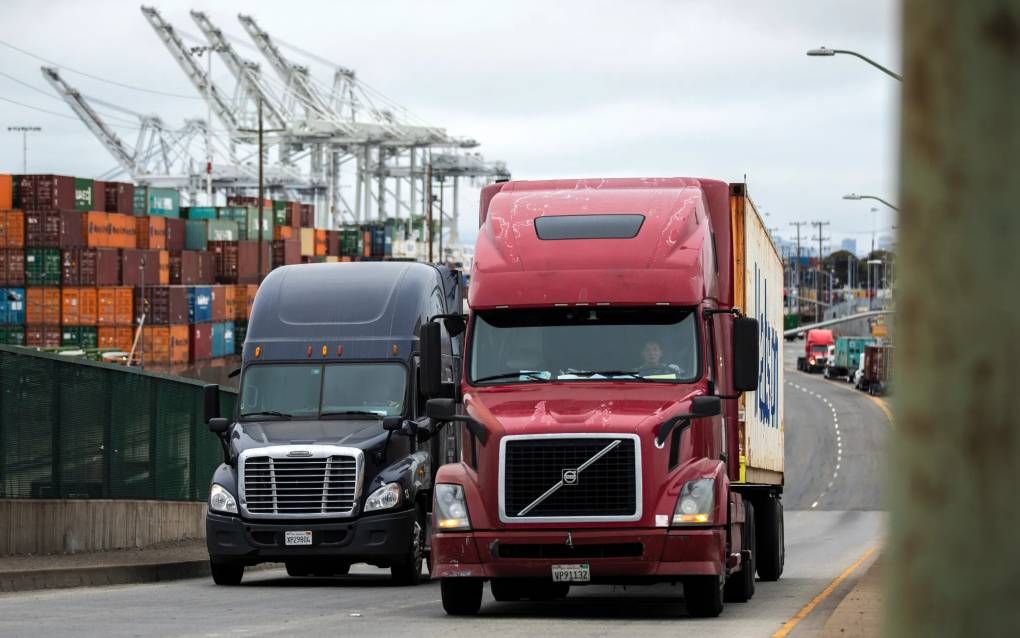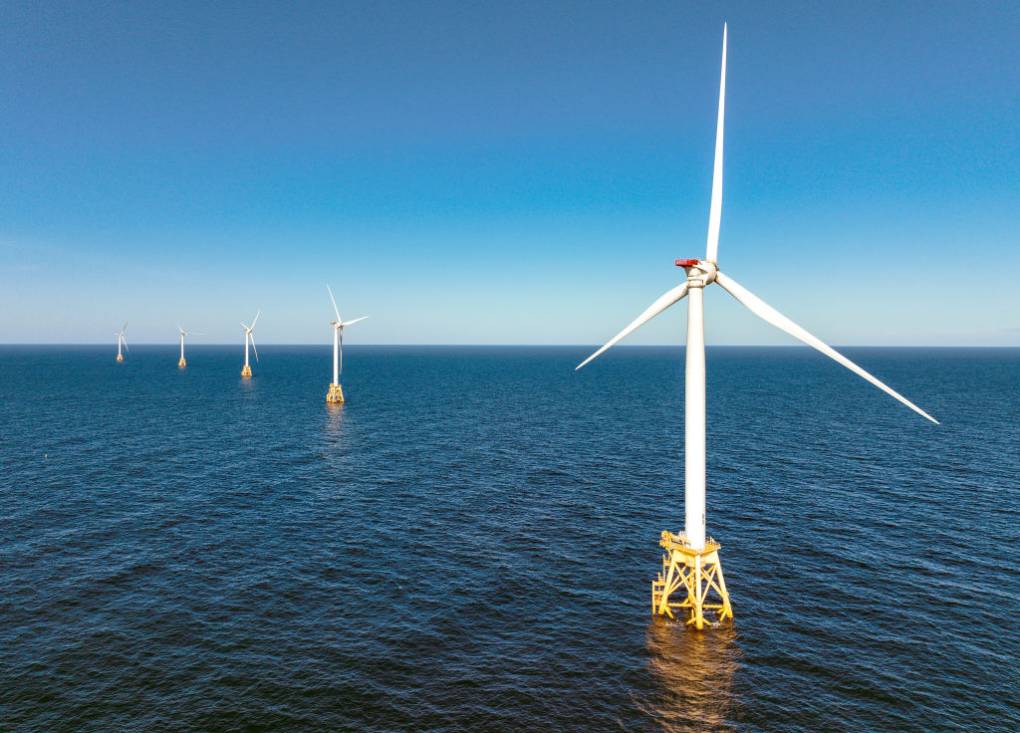The air board in September unveiled a proposal that would require new big rigs and other trucks to be zero emissions within the next 18 years. Under the proposed rule (PDF), manufacturers wouldn’t be able to sell new gas- and diesel-powered trucks that operate in California by 2040, instead relying on electric models. Large trucking companies would also need to gradually convert their existing fleets to zero-emission vehicles, buying more over time until all are zero emissions by 2042.
The proposal is vehemently opposed by the trucking industry, which says the technology is not yet ready for widespread use. The air board is expected to vote next spring.
The proposed rule could put about 510,000 carbon-free medium- and heavy-duty vehicles on California’s roads in 2035, increasing to 1.2 million in 2045 and nearly 1.6 million in 2050, according to the air board.
For communities near ports with lots of diesel vehicles, such as the Los Angeles-Long Beach complex, air quality would improve. Air board officials say the proposal could save more than 5,000 California lives between 2024 and 2050.
3. More Californians will live in climate-friendly homes
Households will have more heat pumps and electric stoves, washing machines and water heaters.
The plan sets a goal for developers, businesses and local governments to construct at least 3 million climate-friendly homes by 2030 and 7 million by 2035, and install 6 million heat pumps by 2030.
Climate-friendly homes use more energy-efficient systems, such as replacing gas appliances with electric ones and adding solar rooftop panels. They also have better ventilation and battery storage systems, as well as updated electric circuits to support electric cars and appliances. Updating older buildings is considered critical to accomplishing the state’s clean energy goals. State officials say half of those investments need to go to lower-income, marginalized communities.
The plan designates heat pumps as the go-to device for developers constructing homes to comply with the state’s building efficiency standards. A heat pump converts thermal energy from outside, “making the cool space cooler and the warm space warmer,” according to the U.S. Department of Energy. It is a more efficient alternative to furnaces and air conditioners.
The goals are not mandatory, but the state will play an important role in providing financial incentives for homeowners and businesses.
The California Energy Commission offers zero- and no-interest loans and grants. Cities, counties, public schools, colleges, universities, hospitals and other facilities also qualify and can apply. The federal government offers loan programs, tax credits, grants and rebates to California residents. Commercial and residential buildings in California use 70% of the state’s electricity and account for 25% of the state’s greenhouse gas emissions (PDF), the second largest behind the transportation sector, according to state data.
4. California's economy will change, with more green jobs
The economy will grow, but jobs will change.
California’s economy is projected to rapidly grow under the plan at a rate of about 2% each year, from $3.2 trillion in 2021 to $5.1 trillion in 2045. Employment also is expected to grow by about 4 million new jobs, increasing from 23.5 million in 2021 to 27.7 million in 2045.
Some sectors will hold fewer jobs, such as gas station workers, automobile parts dealers, mechanics and those in fossil fuel industries. On the other hand, the power industry and renewable energy sectors will grow.
California’s industrial sector, which includes cement plants, oil and gas producers and other manufacturers, is expected to shrink in the next two decades as the state electrifies. The sector employs about 1.2 million people and produced $324 billion in 2019, representing about 10% of the state’s economic output.
That’s why state leaders are prioritizing the need for a “just transition,” where the livelihoods of oil company employees and others are protected as the economy shifts. Creating new jobs for employees whose jobs are at risk is crucial. The transition to clean energy will result in employment opportunities in the renewable energy industry and power sectors. But many of these workers will need to be retrained.
5. Californians will get more power from solar, wind
Electricity use is expected to soar as much as 68% by 2045. That means the state needs to make major investments in clean energy to ensure the power grid can handle the uptick in demand.
One source the state is counting on is offshore wind development off the coasts of Humboldt County and Morro Bay. The scoping plan calls for at least 20 gigawatts of offshore wind by 2045, making it a critical clean-energy source. In addition, Newsom hopes to add between 2 and 5 gigawatts of offshore wind by 2030.





